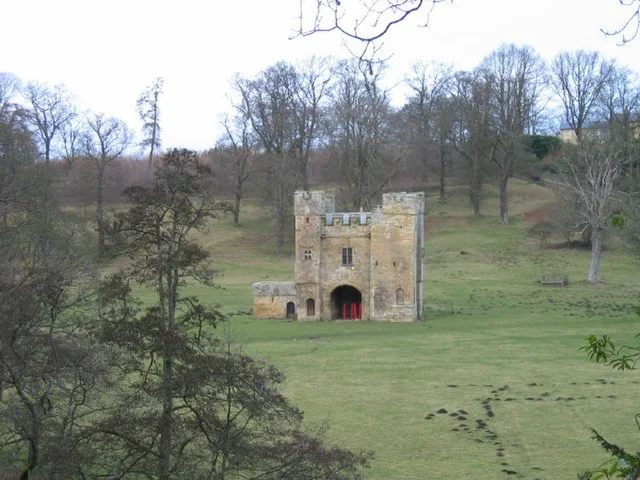Alnwick Abbey, located in Northumberland, England, was founded in the 12th century. It belonged to the Benedictine order and was established in 1147. The abbey was part of a wave of monastic foundations during the medieval period, supported by local nobility.
Get your dose of History via Email
Founding and Early History
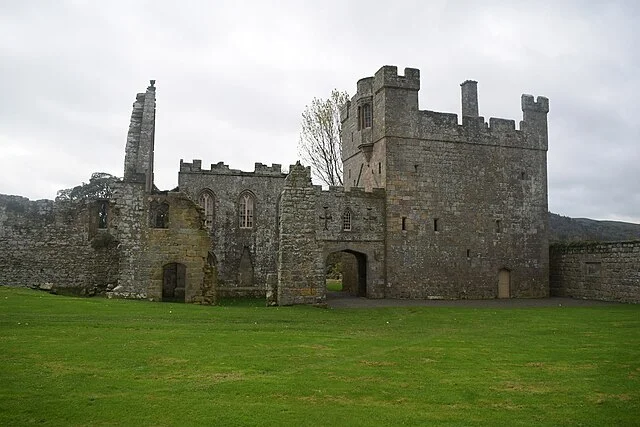
The Abbey was founded by the daughter of Henry I, Empress Matilda. It was created to house Benedictine monks. Initially, it served as a daughter house to the more prominent abbey of Saint Mary at Tiron in France. This connection marked the beginning of a long history of religious influence.
The monks of Alnwick Abbey played a central role in the local community, promoting education and agricultural development. They managed extensive lands and received substantial donations from the local aristocracy, including the influential Percy family.
Growth and Influence
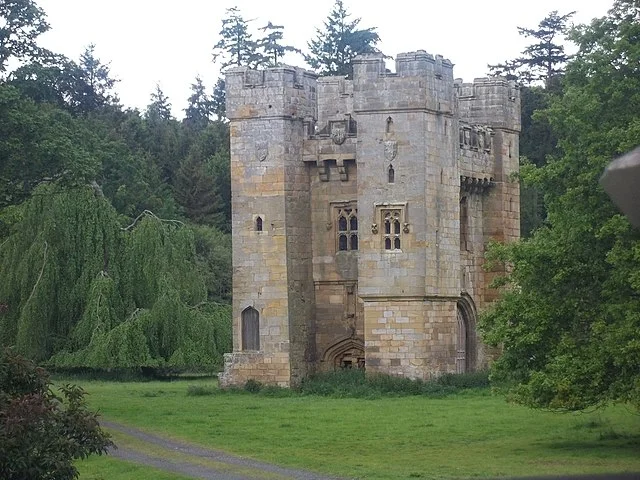
Alnwick Abbey flourished in the 12th and 13th centuries. It gained wealth and influence through land donations and income from agricultural production. The monks ran large estates and were involved in trade, particularly wool, a valuable commodity in medieval England.
The abbey also developed a reputation for its commitment to learning and manuscript production. It housed a scriptorium where monks copied religious texts, contributing to the preservation of knowledge during a time when literacy was restricted.
Decline and Dissolution
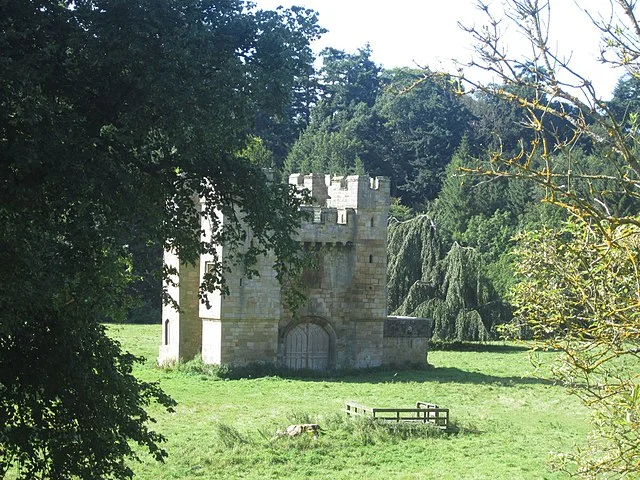
Like many monasteries in England, Alnwick Abbey faced a gradual decline. The abbey’s wealth attracted the attention of Henry VIII during the English Reformation. In 1536, the abbey was targeted in the first wave of Henry’s dissolution of the monasteries.
In 1537, Alnwick Abbey was formally dissolved. The buildings were stripped of valuables, and many monks were forced to leave. Some of the monastic lands were transferred to the Percy family, further consolidating their power in the region.
Archaeological Remains
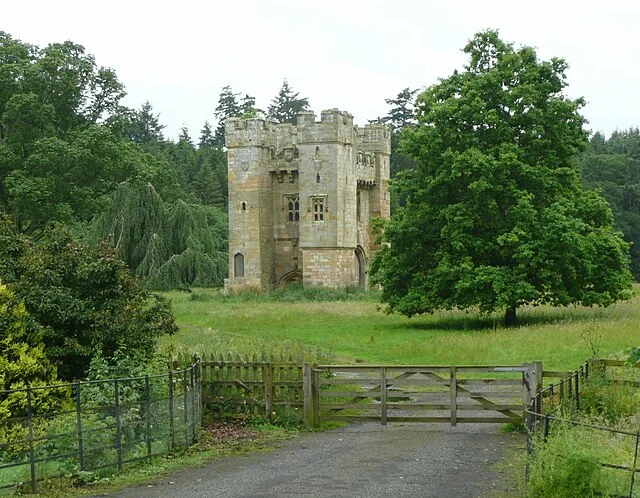
Today, the site of Alnwick Abbey lies in ruins, with some parts of its foundations still visible. Archaeological excavations have revealed the layout of the abbey, including remnants of the church, cloisters, and domestic buildings. The ruins provide insight into the architectural and monastic practices of the period.
The abbey’s church, once a prominent feature of the landscape, was built in the Romanesque style. Over time, it was likely modified, reflecting the evolving tastes of monastic architecture.
Legacy
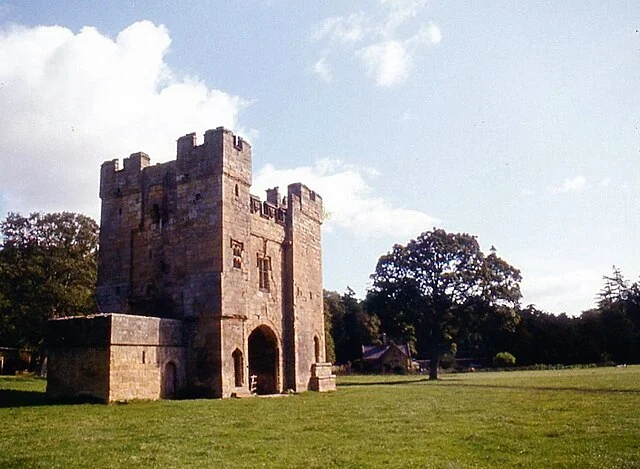
Although Alnwick Abbey was dissolved, its legacy continues. The surrounding town of Alnwick retains strong historical connections to the abbey. The site serves as a reminder of the region’s medieval monastic history and the religious, social, and economic roles played by such institutions.
Alnwick Abbey remains a key point of interest for both historians and archaeologists. Its history reflects broader themes of monasticism, the role of religion in medieval society, and the impact of the English Reformation.
Source:

